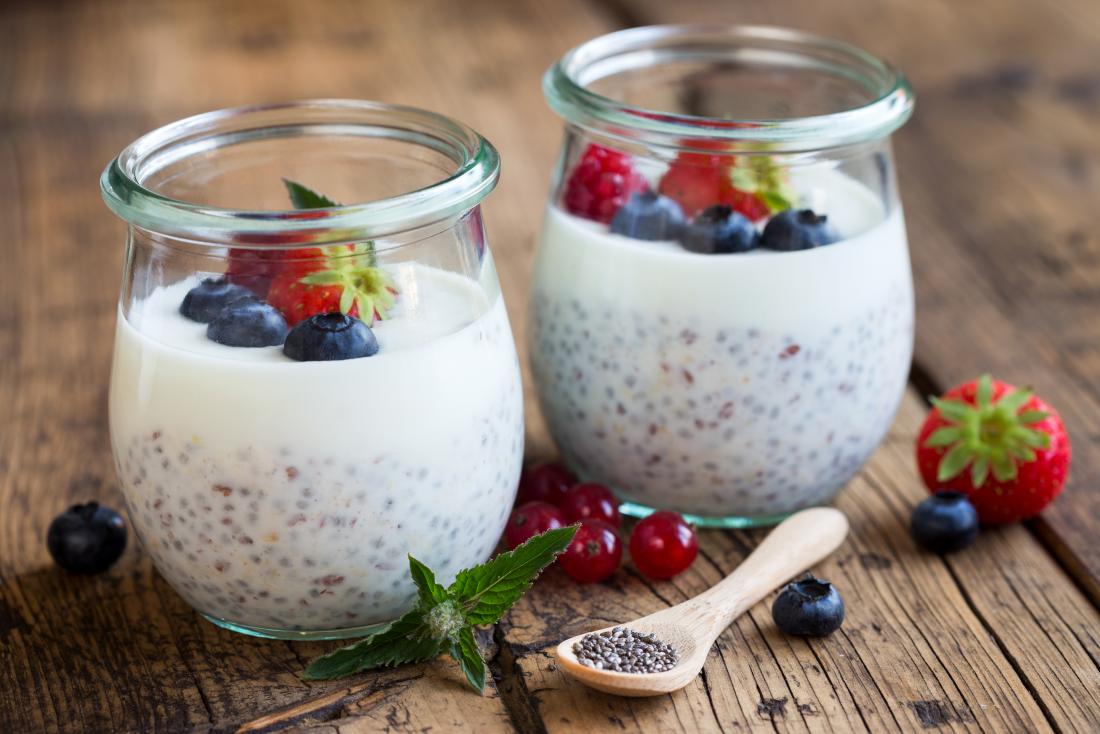Desserts can be full of sugar and other simple carbohydrates, and they often offer minimal or no nutritional value.
In this article, learn about some general tips and suggestions for sweets and desserts for people with diabetes.
Tricks, tips, and alternatives
A person with diabetes can still enjoy something sweet, but they may need to plan to help avoid unnecessary spikes in blood sugar.
Even a person without diabetes could benefit from following some of the suggestions below.
Eat smaller portions

A person with diabetes can still eat desserts in moderation.
Desserts are best in moderation. People with diabetes do not necessarily need to skip dessert entirely, but they can opt for a smaller portion of dessert.
When eating out, asking for a smaller slice of cake or pie or sharing dessert with a friend can help limit portion sizes.
When eating at home, cutting baked goods into smaller pieces can help avoid overeating.
Swap carbohydrates
An easy way to allow room for a small serving of dessert is skipping a starchy vegetable, roll, or other carbohydrates at mealtime.
By not eating a carbohydrate serving during the main meal, people can help avoid spiking their blood sugar levels by eating a dessert shortly after.
People should only use this trick occasionally, however. This is because most starches in a meal, such as potatoes, are likely to be more nutritious than dessert.
Have homemade dessert
By making desserts at home, a person can control exactly what goes into the dessert.
They can swap out ingredients, such as regular sugar for artificial sweetener, use a whole-grain flour, or use applesauce instead of butter to make the dessert fit into their diet plan.
Also, packaged sweets and desserts often contain a variety of unhealthful additives.
Eat dark chocolate

Dark chocolate with no added sugar may benefit people with type 2 diabetes.
Chocolate offers several potential health benefits, including helping control blood sugar levels. A study paper published in 2017 revealed that chocolate could have some benefits for managing type 2 diabetes.
However, the authors warn that many manufacturers add copious amounts of sugar, which can be bad for people with diabetes.
So, consuming dark chocolate in moderation can be a healthful choice. Dark chocolate is also very rich, making it easy to satisfy a craving without eating very much of it.
Eat fruit and fruit salads
Fruits are high in sugar, but they also offer a range of nutrients, including vitamins and fiber. In fact, the American Diabetes Association recommend using fruit or fruit salads as a way to satisfy cravings for sweets.
However, people with diabetes should opt for fresh, frozen, or fruit canned in water over fruit salads canned in sugary syrups.
Try sugar-free gelatins and puddings
Gelatins and puddings are popular dessert items. Unlike fruits, these dessert options offer no nutritional value.
However, people can eat a small portion of sugar-free pudding or gelatin as a low-carb dessert without interfering with their blood sugar levels.
Use artificial sweeteners instead of sugar
Some people believe that artificial sweeteners can cause adverse health effects. However, most research does not support this.
The United States Food and Drug Administration (FDA) have approved five different sweeteners after extensive testing. These include:
- acesulfame potassium
- aspartame
- neotame
- saccharin
- sucralose
Not all sweeteners offer the same flavor or composition. For example, aspartame loses its flavor during cooking.
However, switching out some or all sugar with artificial sweeteners may help minimize the chances of experiencing a blood sugar spike.
Recipes

Coconut pudding is a dessert suitable for people with diabetes.
To make a simple dessert, a person can sprinkle fresh or frozen fruit with artificial sweetener. To make a fruit salad, mix together:
- chopped fruit
- a drizzle of honey
- a spoonful of orange juice
- chopped nuts
There are many diabetes-friendly dessert recipes available online that a person can work into a diabetic meal plan, including:
Other diet tips
People with diabetes should follow the dietary recommendations of their family doctor. However, some general tips to manage blood sugar levels include:
- eat healthful fats, such as nuts, olive oil, avocado, and fish oils
- eat lean proteins, such as poultry, fish, and beans
- eat large portions of non-starchy vegetables, such as kale, carrots, and lettuce
- eat multigrain carbohydrates, such as whole-grain bread, popcorn, and brown rice
- avoid simple carbohydrates, such as white bread, white rice, and sugars
- eat fruits in moderation and count them as part of the carbohydrate intake for the day
- avoid sugary drinks, such as juice and soda
In addition to proper diet, a person should also maintain an active lifestyle by engaging in both aerobic and weight-training activities.
Summary
A person with diabetes can maintain a healthful diet and still enjoy dessert. For those who want to indulge, planning ahead, keeping serving sizes small, and choosing desserts that offer more nutritional value can help.
